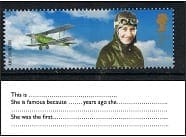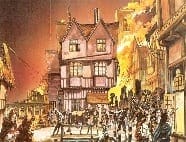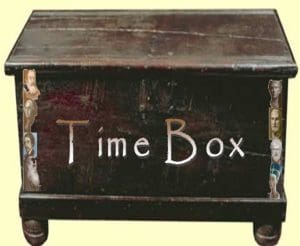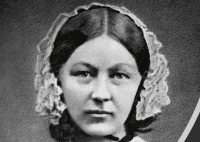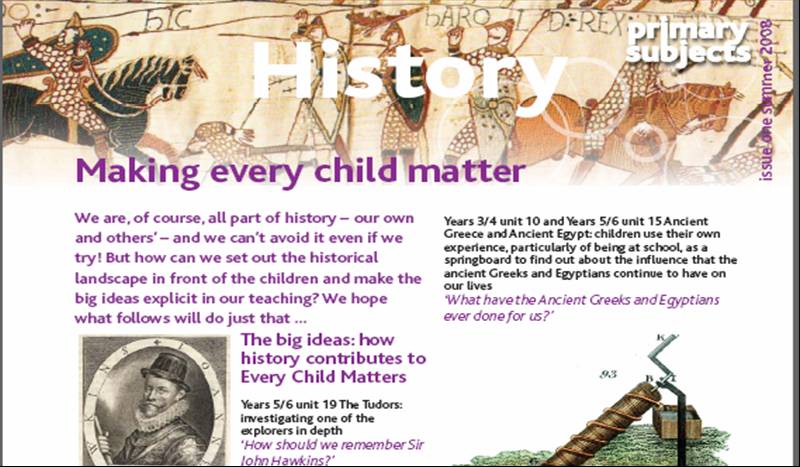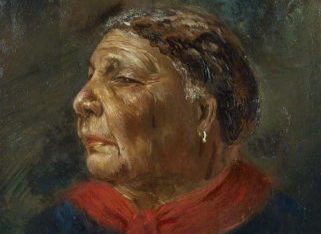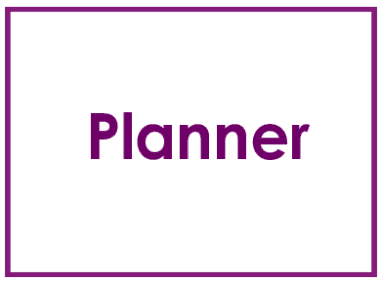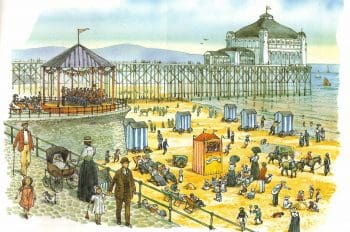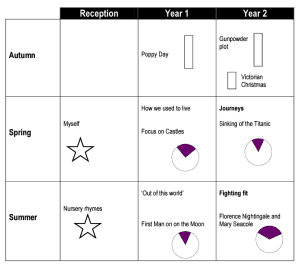
It seems a logical extension of the advice on long-term planning of the curriculum to offer you some models of what it might look like. As you know, the devil is in the detail. You won’t see vast differences from a model produced say 20 years ago, but there should be a few significant improvements:
- Your choice of famous /significant people should be linked within a theme. Take communication for example: we have units on Caxton and Bell and Louis Braille which are part of a broader communications theme.
- In terms of diversity we need to look at women other than Florence Nightingale and Mary Seacole. For this reason we have added Mary Anning, and Amy Johnson.
- You will want to look more closely at BAME issues. Here your choice of significant person will be crucial.
- As part of preparation for deep dive inspection, you will want

